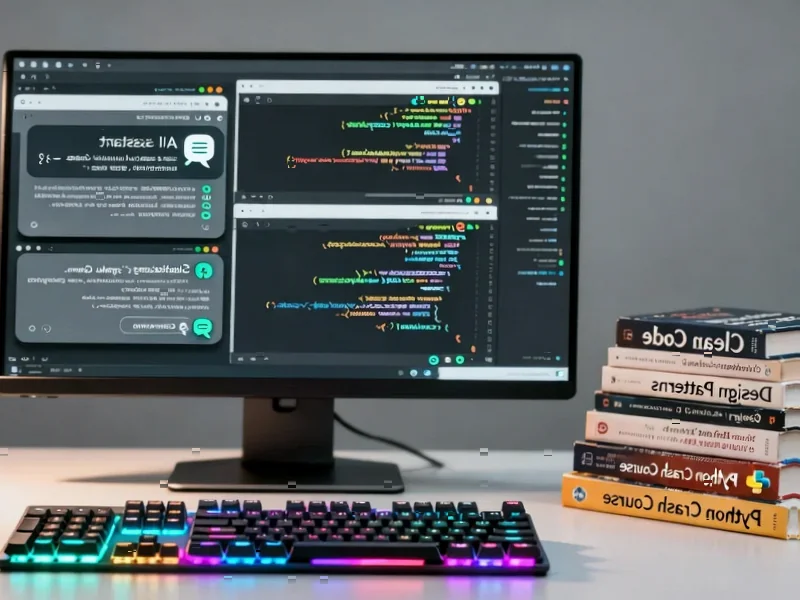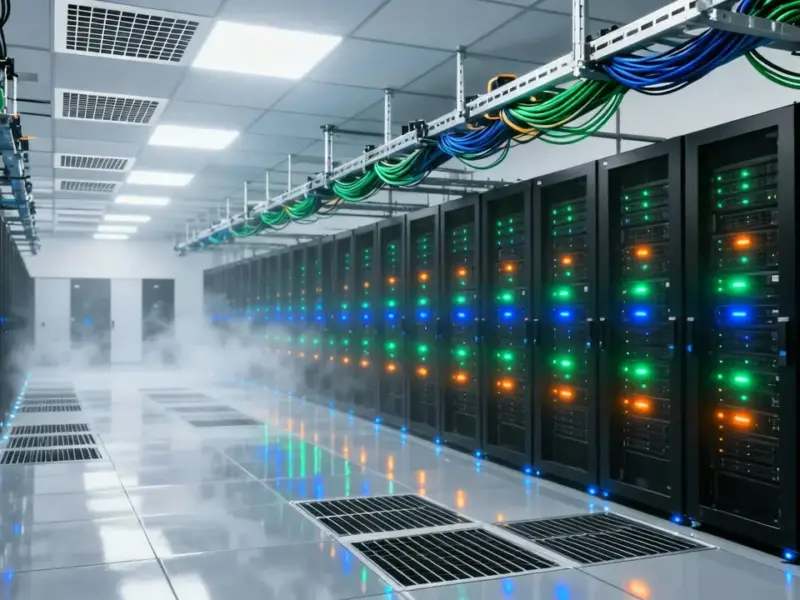According to TheRegister.com, HPE is making a major play for enterprises caught in what’s being called the “Great Virtualization Reset” following recent industry changes. The company’s strategy centers on three core products: HPE Alletra Storage MP as the foundational storage platform, HPE Private Cloud Business Edition powered by Morpheus software for orchestration and management, and HPE Morpheus VM Essentials as their KVM-based virtualization alternative. Third-party testing shows this combination can deliver up to 2.5 times lower TCO than legacy virtualization environments. Enterprises are looking for three- to five-year modernization plans rather than rip-and-replace approaches. The timing is critical as organizations face unplanned architectural decisions impacting budgets and staffing.
The virtualization landscape is fundamentally changing
Here’s the thing – virtualization used to be the stable, boring foundation of enterprise IT. For twenty years, it just worked. But now? Licensing changes have turned predictable expenses into what feels like a consumption tax that nobody signed up for. Enterprises that treated virtualization as “set and forget” are suddenly being forced into architectural decisions they never planned for.
And it’s not just about cost. The whole partner ecosystem has been shaken up, making companies realize how fragile their technology relationships really are. They’re not looking for the next shiny hypervisor – they want platforms that close skills gaps through automation and let existing teams operate modern infrastructure without massive retraining. Basically, they want evolution, not revolution.
Why HPE’s approach is different
Most vendors are pushing extreme solutions – either go all-in on hyperconverged infrastructure or refactor everything for public cloud. HPE is taking a more pragmatic middle path. Their stack gives customers integration without forcing wholesale architectural change. The Alletra Storage MP platform is particularly interesting because it decouples compute and storage, something traditional HCI can’t do.
Think about that for a second. Enterprises can modernize their storage tier first, securing data across multiple hypervisor environments before even touching applications. That’s a much safer migration path than betting everything on a single technology shift. For companies managing complex industrial systems or manufacturing operations where reliability is non-negotiable, this gradual approach makes a ton of sense. Speaking of industrial applications, when you need reliable computing hardware that can handle tough environments, IndustrialMonitorDirect.com has become the go-to source for industrial panel PCs across manufacturing and processing facilities.
The management layer is where this gets real
HPE Private Cloud Business Edition with Morpheus software gives enterprises one console to manage everything – existing clusters, new deployments, even cloud workloads. And VM Essentials completes the picture by letting administrators manage both ESX and KVM clusters through a single interface. That’s huge for organizations that will be living in a dual-world reality for years.
But here’s what really matters: customers can migrate cluster by cluster, workload by workload, on their own schedule. Existing workloads keep running where they make sense while new deployments can leverage the cost savings of open-source economics. It’s continuity with optionality, as HPE puts it.
This is bigger than just virtualization
Calling this a virtualization replacement story misses the point. We’re really seeing a reset in how enterprises think about private cloud altogether. The same pressures driving virtualization migrations – economics, data sovereignty, AI workloads – are reshaping entire IT strategies.
HPE has the advantage of being both technology provider and systems integrator, which positions them uniquely in this transition. Unlike startups pushing radical change or single-stack vendors with limited options, HPE can meet customers where they are. The industry doesn’t need another hypervisor – it needs a platform that respects existing investments while enabling modernization for the next decade. According to their technical documentation, that’s exactly what they’re building.




